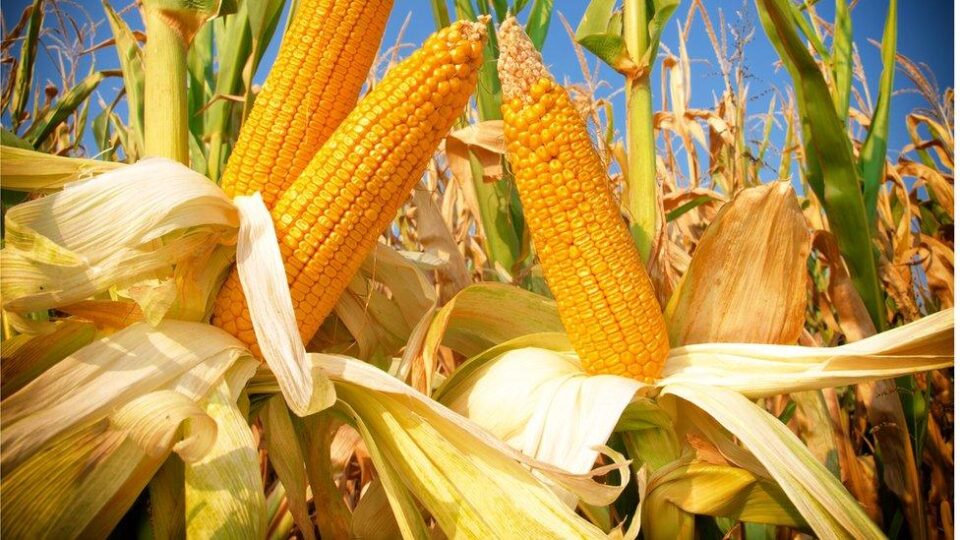Falling grain prices and rising input costs will squeeze farmers’ profit margins over the next decade, leaving technology adoption as the only sustainable path to survival. But South Africa’s slow acceptance of new breeding technologies (NBTs) could hold the sector back, experts have warned.
This was the key message from the launch of the Bureau for Food and Agricultural Policy’s (BFAP) Baseline 2025 in Pretoria. Speakers said harmonising policy on NBTs would ensure local farmers have access to the latest seed technology and remain competitive in global markets.
Gene Editing vs GMOs
NBTs include gene-edited (GEd) crops, which mimic natural breeding processes without introducing foreign DNA. Unlike GMOs, GEd crops are genetically identical to those produced through traditional breeding.
However, South Africa is one of the few countries regulating GEd crops under GMO legislation—a move that significantly increases development costs and slows commercialisation.
“Brazil has seen rapid advances using GEd,” said Prof Ferdi Meyer, managing director at BFAP. “If South Africa wants to compete in export markets, we need access to the latest and best technology.”
Meyer noted that while South Africa has achieved some of the world’s fastest annual yield growth rates, it still lags behind Brazil by about 10 years. “Sustaining productivity gains is critical to maintain margins in an environment of declining prices,” he added.
Global Pressure on Prices
According to Tracy Davids, director at BFAP, global grain prices are expected to remain under pressure as supply grows and demand slows.
“The 2025/26 season will see bumper crops worldwide—expansion in the US, record harvests in Brazil, and strong output in Australia and the Black Sea region,” she said. “Africa’s harvest is also much better than last year, meaning lower import needs. This will impact South Africa’s export potential.”
With more consumers slipping into lower-income brackets, Davids cautioned that agricultural demand growth would remain muted. Consolidation in the grain industry was inevitable, she added, and productivity gains would be the only way to keep producers profitable.
Lessons from the Soya Bean Industry
Meyer highlighted the soya bean sector as an example of how technology, policy, and industry collaboration can drive transformation.
Four drivers underpinned the turnaround, he said:
-
A strong push by industry organisations such as the Protein Research Foundation, Grain SA, and Oilseeds Advisory Committee;
-
Clear policy from the Department of Trade, Industry and Competition to encourage private investment in processing plants;
-
Technological advances including plant breeding, pest control, soil management, and mechanisation;
-
And rapid growth in poultry and livestock production, which absorbed increased volumes of soya meal.
This combination took South Africa from importing soya bean meal to becoming self-sufficient and an exporter.
The Way Forward
Speakers agreed that similar policy alignment and investment in NBTs will be critical if South Africa’s grain farmers are to stay afloat in the face of declining global prices.
“Without the right technology framework,” Meyer warned, “South African farmers risk being left behind.”


